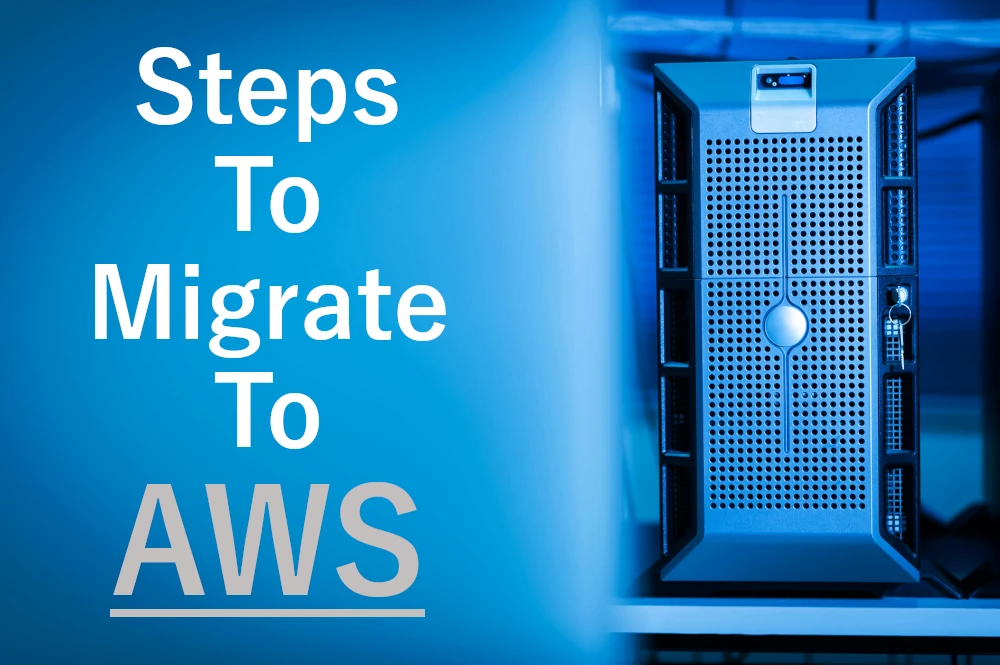The move to the cloud doesn’t have to be as difficult as it could seem. It may be a fruitful adventure that yields scalability, agility, and cost savings if one has the correct strategy. IT-Magic is an approved AWS Partner, and with their aid, you may get financing at every level.
Organizations of all sizes may benefit from AWS’s three-step methodology for cloud migration: assess, mobilize, and migrate.

We should thus go into these procedures a little further.
- Assess
When moving to the cloud, the first step is to do an assessment. It’s the process of checking whether your current IT setup is prepared to go to the cloud. Before you can choose the right path for your cloud migration, you must assess your present infrastructure, apps, and data.
You take stock of your immediate surroundings during the appraisal phase. As part of this evaluation, you should find out which workloads can be migrated, how dependent they are on one another, and what kind of performance and security measures they need. Now is the moment to evaluate not just the time, money, and resources needed for the move, but also its aims and commercial objectives. An AWS consulting company may provide vital insights during this critical moment.
Important steps in the evaluation process involve:
- Performing a study of workload.
- Making a database and application inventory.
- Assessing the pros and cons of migration and how they relate to company goals.
- Seeing possible dangers and difficulties.
A thorough comprehension of the cloud migration’s breadth, complexity, and practicability should be the end result of the evaluation phase. These findings should inform the subsequent actions.
- Mobilize
In the second step of migrating to the cloud, “mobilize,” you get ready to move by gathering all the resources and organizing the procedures that will be required for the transfer. Creating a clear migration strategy, establishing the necessary infrastructure, and outlining the migration procedure are all part of the mobilization process.
Important things to do during mobilization include:
- Defining migration objectives, timeframe, and budget while analyzing insights obtained during the evaluation phase.
- The formation of a competent migration team, together with the establishment of lines of communication and procedures for governance to facilitate coordination.
- Building up the required accounts and cloud setup.
- Make sure you include dependencies, scheduling, and sequencing in your migration approach.
- Migrate
The final part of migrating to the cloud is called “migrate,” and it’s when you move all of your data, applications, and other IT assets over.
You must include testing and validation techniques in the migration process to guarantee that the transferred workloads perform as expected in the cloud. It may include validating the application’s functionality, performance, and security against the defined migration goals and success criteria and testing the application against those goals.
Now is the time to make sure that your new cloud-based processes follow all the rules when it comes to data storage and processing, especially if your industry has very strict security regulations.
The migration process includes the following important steps:
- Ongoing implementation of the migration plan devised during mobilization.
- A trial migration might be useful for checking the process and discovering issues.
- Move the data according to the schedule and in the sequence set forth.
- Be sure to closely monitor the progress of the relocated workloads.
Learn about cloud migration
After data transfer, optimization and fine-tuning may begin. Optimizing operational processes and resource distribution during cloud infrastructure use is crucial. Organized techniques, like the 3-phase migration model, which breaks down migration, assist organizations. Phases including assessment, migration, and optimization lead organizations through the process.
Small or large, any firm may utilize the 3-stage migration strategy to shift to the cloud. The methodology, based on proven methods, mitigates risks and removes bottlenecks to ease the transition. This paradigm helps your team identify KPIs, assess achievement, and utilize resources for continuous improvement.
A smooth transition requires a comprehensive assessment of your surroundings. Workloads, dependencies, and resource needs are assessed. Your organization may confidently implement a strategy by collecting resources, setting objectives, and planning. All processes strive to streamline operations, enhance productivity, and enable a seamless cloud transition, from resource allocation to workflow integration.


